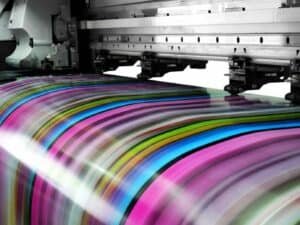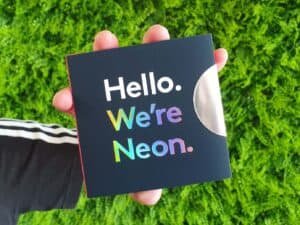Bind Away! Choosing the best Book Binding Style
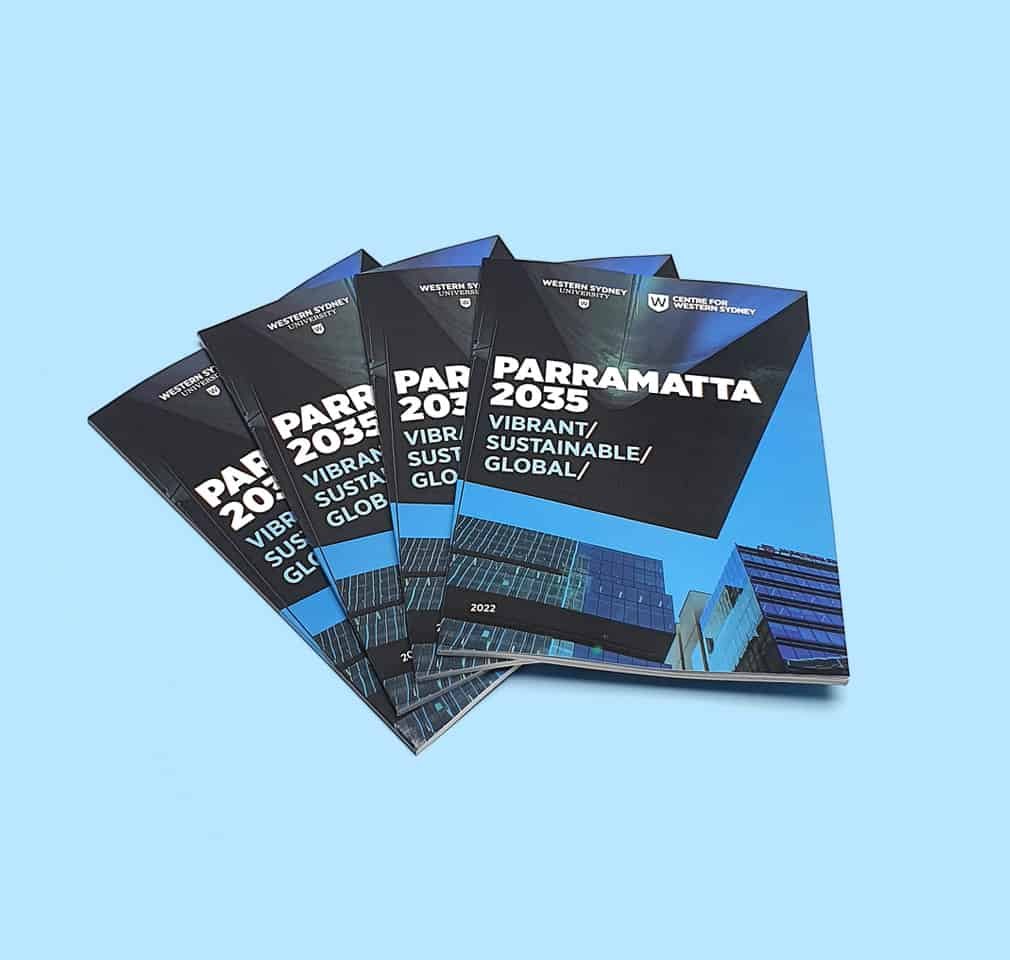
Binding is the process of assembling loose pages into bound books and booklets. Binding is a great way to compile and present publications and marketing materials, as well as office and organisational documentation.
There are a variety of binding styles that will give you different results. Some examples include glued-edge (perfect bound) books that you would find at a bookshop, or stapled (saddle stitched) books which are more commonly used for smaller booklets such as marketing brochures. Below we will discuss the most popular binding styles and how they are achieved.
Saddle Stiched Binding:
Saddle stitched binding is an economical way to finish a booklet that involves binding each full-size page in the middle with a wire staple. The same machine then folds the booklet and trims the opening edge (fore edge) to size.
Saddle stitching can be done in both portrait and landscape orientations and can either have a thicker cover or a self-cover (the same paper weight as the internal pages).
Saddle stitching is suited to booklets, calendars, zines and sales catalogues within the 8pp to 80pp (printed page) range. Below is an example image of a saddle stitched booklet:

Perfect Binding:
Perfect binding is the process of binding a book by using glue to bind the cover to the internal pages to create a softcover book. This is the general type of book you would see in a bookstore. Perfect-bound books are usually produced in A5 or A4 size but can also be customised.
Two types of perfect binding will be discussed below, which solely depend on the type of glue used, EVA & PUR. These are both great options, but the book’s durability and longevity must be considered.
EVA Perfect Binding:
EVA (Ethylene Vinyl Acetate) glue is an economical form of perfect binding best suited to books where longevity is unnecessary. This isn’t to say they don’t last a long time, though! It is essential to factor in how long and where these books may be stored. Some examples where EVA is often used are magazines, yearbooks, catalogues and reports.
One advantage of EVA perfect binding is that they are quick to produce as the glue dries quickly, allowing for fast turnaround times.
PUR Perfect Binding:
PUR books are a slightly more expensive form of perfect binding. PUR perfect binding has the same finishing process as EVA but with PUR (polyurethane reactive) glue.
This style is better suited to books that need to be long-lasting such as cookbooks, self-published books, Photo books, and children’s books, as the glue can withstand extreme temperature changes making it ideal for large runs that need to be warehoused. This allows for aging stability. To see a photo example of perfect binding see the featured blog image at the top of the page.
Case Binding:
Case binding is the most common method for binding hardcover books. It is finished similarly to perfect binding, where glue is applied to the cover’s spine and then attached to the internal pages.
This is the best choice for books that have constant usage and need to be long-lasting. In addition, case-binding books have a superior appearance to perfect-bound books and are much more robust.
Case binding is perfect for Property catalogues, novels, high-quality yearbooks and professional applications. Whilst this is the most expensive binding option, it gives the best results for professional projects. See a photo example below:

Plastic Comb, Wire & Spiral Binding: Document Binding:
These are various economical ways to bind documents to be read or written on. These are popular applications often used in reports, ledgers, course guides and school workbooks.
All three binding styles can be opened to 360 degrees allowing it to sit flat while fully opened. This makes it ideal for writing as it doesn’t need to be held open. In addition, the pages can be viewed side by side on a flat surface, making them easy to read. Below we will discuss these styles in more detail.
Plastic Comb Binding:
Comb binding is one of the fastest and most economical binding methods. It is very similar to wire binding but is held together by a rigid plastic comb which is inserted into the binding holes.
Comb binding can be done in many sizes, from A5 to A4 portrait to A3 landscape. Custom sizes are also available. Comb binding can accommodate small and large page counts (up to 410 80gsm pages), and combs are available in various colours.
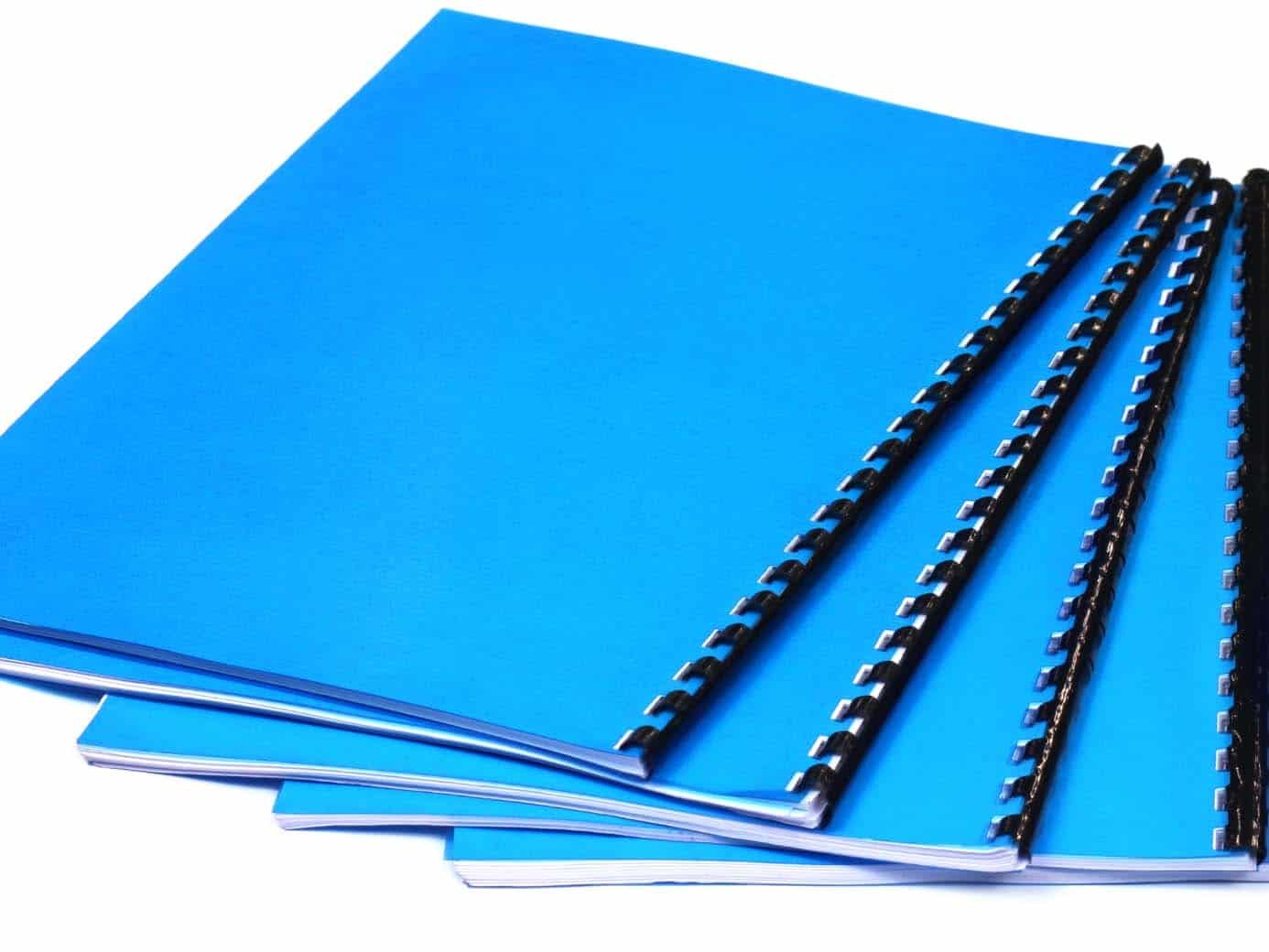
Wire Binding:
Wire Binding uses metal C-shaped wires that are threaded through the holes of a document and then squeezed closed to form an ‘O’ shape keeping the document pages firmly in place.
Wire loops come in various sizes to accommodate books of varying thicknesses. The thicker the book, the larger the wire gauge and loop diameter has to be for the book to open and close properly. Wire binding can accommodate small and large page counts and is an affordable option.
Spiral Binding:
Spiral binding is a commonly used binding style in which a strong plastic spiral is wound and inserted into the binding holes. The spiral ends are then crimped to secure the pages in place.
This binding style is popular with instructional booklets, journals, workbooks, reports, notebooks, diaries and recipe books. It is a quality and professional-looking finish that provides a sturdy book quickly and economically.

Quarter Binding:
Quarter binding is a commonly used method for carbonless NCR books (books that transfer written information onto more than one copy). This application also works well for any job site or invoice books that might get knocked around a bit!
For this method, the sets of pages are collated together and then stapled on the left-hand side or top side. Coloured tape is then put onto the binding to cover the staples and improve aesthetics.
